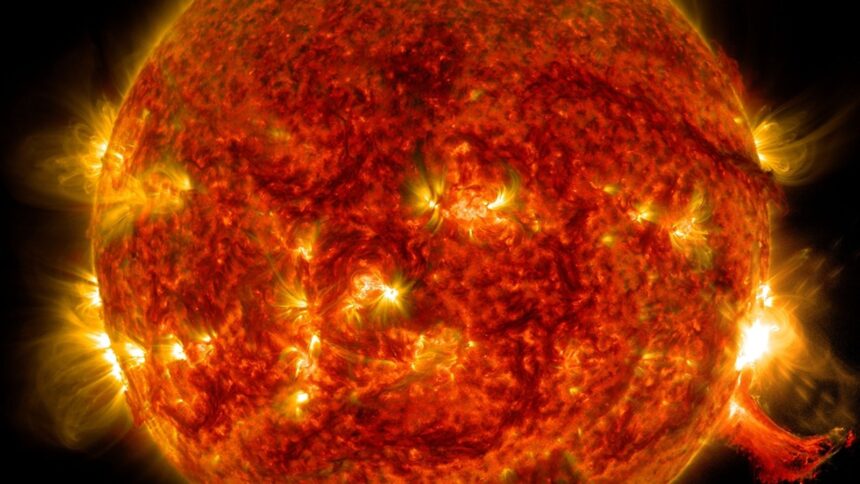Although the initial wave of a solar flare, which is the Sun’s abrupt outburst of energy, is well recognized for its ability to disrupt GPS signals and cause worldwide radio blackouts, less is known about the secondary emission.
According to a recent study, this later phase, referred to as EUV (extreme ultraviolent), may pose an equal threat to Earth’s satellites because it will use more energy over a longer time span.
This implies that it might have a long-term effect on the ionosphere, a region of the high atmosphere that expands and contracts in response to solar radiation.
notable alterations to the ionosphere, which satellites must orbit in order to transmit signals.
A “significant focus” for the corresponding author, Dr. Susanna Bekker of Queen’s University Belfast’s School of Mathematics and Physics, is researching how solar flares affect the ionosphere.
“Studies have indicated that the illuminated part of the Earth’s ionosphere is extremely sensitive to variations in solar radiation fluxes, which can cause failures in technology that people rely on daily,” she stated.







